Most Popular
Korean History
-
1
2014 ferry disaster left scars that never healed
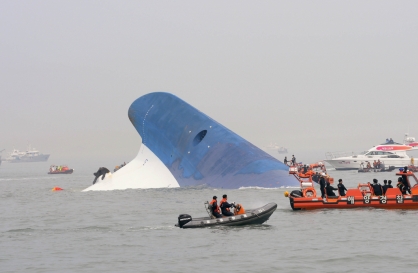
-
2
In 2012, K-pop makes leap from 'Gangnam' to the world
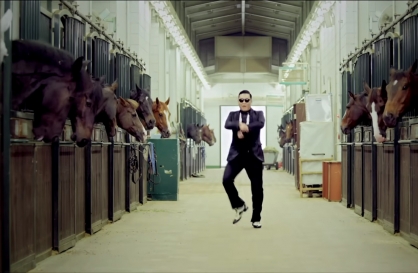
-
3
Deadly sinking of Navy ship in 2010 marks worst postwar military disaster
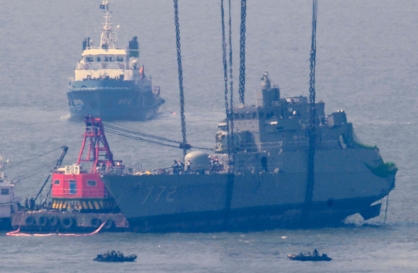
-
4
In 2008, Korea's National Treasure No. 1 went down in flames
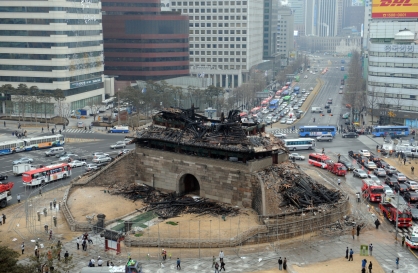
-
5
In 2005, science world’s biggest scandal unravels in Seoul
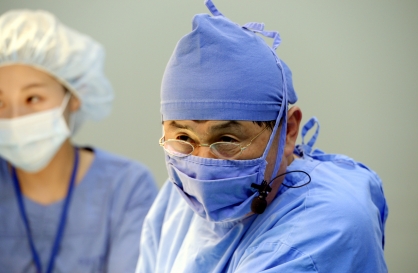
[Korean History] Daeyeongak Hotel fire, a nightmare on Christmas
1971 high-rise disaster spurred changes in building codes, fire response systems at the onset of building boom
By Lee Sun-youngPublished : March 2, 2023 - 10:31
On Christmas morning in 1971, a devastating fire broke out at the 21-story Daeyeongak Hotel in Seoul. It was filled with locals and foreigners who had spent Christmas Eve at the lavish hotel, which had only opened two years prior.
When the blaze was finally brought under control after nearly eight hours, it was unclear immediately how many lives had been lost. Although over 100 were rescued, a far larger number was feared to have been killed.
The next day's front page of The Korea Herald is a testament to the shock and horror of the tragedy on Christmas day.

Alongside a photo of the building completely engulfed in thick plumes of smoke and flames, the top story read: “66 persons killed in hotel inferno; At least 100 feared trapped inside,” with the subhead: “Many of victims jump down to death or stifled by smoke.” It said the death toll was from 2 a.m. that morning.
The final toll, with all those unaccounted for counted as dead, stands at 191. It is recorded as one of the deadliest hotel fires in the world to date.
The nightmarish Christmas day 52 years ago is still remembered by many Koreans, as it was broadcast live on TV.
Among them is Kang In-gu, 76, who lived in Euljiro, not far from the hotel.
“I could see on TV people barely hanging onto windowsills, then falling. It was awful. There were huge crowds of onlookers at the site. I myself considered walking there to see it, but didn’t.”
‘Christmas morning nightmare’

Fire authorities determined that the fire started at around 9:50 a.m. on Christmas morning at a coffee shop on the second floor, from a propane gas tank explosion in the kitchen. Nowadays, it is against the law to store propane gas tanks indoors, but at that time there were no proper fire prevention measures in place for the maintenance and storage of the highly explosive gas. The gas tank was placed near the cooktop.
The blaze quickly spread, as the building’s interior was filled with combustible materials such as carpets and wooden furniture. The stairways, elevator shafts and corridors, which were built with little consideration of blocking the spread of fire or smoke, acted like a giant chimney.
The building also didn’t have any fire safety equipment such as sprinklers, fire alarms or escape ropes.
Guests and employees trapped in the burning tower smashed windows and called out for help. Many from the lower floors made their way to the rooftops of adjoining buildings and were rescued, but those in high floors could not.
At the scene, fire trucks from all over Seoul had gathered. More than 10 helicopters and about 1,900 personnel -- firefighters, police officers, district officials, members of the South Korean and the US military -- were mobilized.
But they could not do much to save those trapped in high floors, with no equipment to respond to a high-rise fire.
The tallest ladder they had could only reach the 7th floor.

Victims could not escape to the roof either, as the doors were locked. Scores of bodies were later found right in front of the locked doors.
Fire authorities didn’t have any air mattresses to save the lives of those falling. At least 38 died after falling from high floors.
Two fell to the ground and died while being airlifted by helicopters, as they failed to hold on to the helicopter’s rescue ladder.
All sorts of efforts were deployed. Archers even shot arrows with ropes attached to reach the higher floors, but the ropes were too heavy for the arrows.
It was the country’s first high-rise fire, a disaster that struck the country when it wasn’t even aware of the need to prepare for such accidents. Seoul today is a city of skyscrapers, but at that time Daeyeongak -- then spelled Taeyungak or Taeyongak -- had towered over the low-lying cityscape as a symbol of success and modern luxury.
“Modern firefighting capabilities were virtually nonexistent at that time,” said Professor Choi Don-mook at the department of fire engineering at Gachon University. “There were no proper, tall ladder trucks.”
The tragedy served as a wake-up call for fire safety awareness and led to changes in building codes, stricter fire safety regulations and improvements in the nation’s fire response capability, he said. Fire insurance became mandatory for all large buildings after Daeyeongak.
Tragic ending to 'dramatic rescue'
The front page of The Herald covering the hotel fire has a related story on the “dramatic rescue” of a Taiwanese diplomat who was trapped there for 10 hours.
The article says two firemen managed to reach the 11th floor, where they found Sydney Sien‐yung Yu of the Taiwanese Embassy -- then called the Nationalist Chinese Embassy -- in Seoul, lying seriously injured but still conscious.
He was “the last man seen shouting for help from the floor in the afternoon,” and that helicopters and firemen had tried in vain to rescue him, it continued.
A New York Times article gave more details about the previous failed rescue efforts.
They included “attempts by a Special Forces member of the Korean Army to enter his room, and by a circus troupe with a large net, who connected bamboo poles with the hope of pushing a rope to him,” the report said.
In a tragic ending to this human drama that unfolded, Yu did not survive. He died days later in the hospital.
The Herald article briefly mentioned that the hotel had been built two years after a fire completely destroyed the site’s previous occupant -- the cabaret Muhaksung -- in 1959.
Before Muhaksung, there was a shopping mall that was also devastated by a fire in 1947.
After the 1971 fire, the building underwent a three-year remodeling and reopened in 1974 as the Victoria Hotel. After changes in ownership, the building has been used as an office building, renamed Coryo Daeyungak Tower.
In February 2010, there was a fire at the building’s rooftop. Fortunately, it was extinguished in about 20 minutes, incurring no causalities or major damages to the building.
The building is now home to many companies and organizations, both local and international, the embassies of Croatia, Chile and Senegal among them.








![[Herald Interview] How Gopizza got big in India](http://res.heraldm.com/phpwas/restmb_idxmake.php?idx=644&simg=/content/image/2024/11/20/20241120050057_0.jpg&u=20241120164556)
![[KH Explains] Dissecting Hyundai Motor's lobbying in US](http://res.heraldm.com/phpwas/restmb_idxmake.php?idx=644&simg=/content/image/2024/11/20/20241120050034_0.jpg&u=)













![[Today’s K-pop] Blackpink’s Jennie, Lisa invited to Coachella as solo acts](http://res.heraldm.com/phpwas/restmb_idxmake.php?idx=642&simg=/content/image/2024/11/21/20241121050099_0.jpg&u=20241121172748)